
Health issues in this modern and fast-paced life are a common sight; thanks to the sedentary lifestyle, stress and anxiety that surrounds us. One of the most common conditions that humans tend to suffer from is deficiency of haemoglobin. Haemoglobin is an iron-rich protein that is present in the red blood cells, and is responsible for carrying oxygen throughout the body. When haemoglobin level decreases, it may cause fatigue, weakness, shortness of breath, headaches, et al, and if the levels drop significantly, the condition may be diagnosed as anaemia. Anaemia is one of the biggest causes of concern in India. According to many recent surveys, millions of Indian girls suffer from the condition. As opposed to men of the same age, the haemoglobin count among girls is much less.
How Does Haemoglobin In Our Body Works?
The key function of red blood cells is the transport of oxygen from the lungs to the body's cells. RBCs contain a protein known as haemoglobin that is responsible for carrying oxygen in order to ensure that the living cells are performing well. It is said that 97 percent of the oxygen carried by the blood from the lungs is carried through haemoglobin and the other three percent is dissolved by the plasma.
How Much Haemoglobin Does An Adult Human Need?
According to Sujetha Shetty, Nutritionist at Gympik.com, "Ideally a male needs 13.5 to 17.5 grams per decilitre and female needs 12.0 to 15.5 grams per decilitre haemoglobin that is deemed as normal." In case of children, the range may vary with age and sex.
In order to keep your haemoglobin in check and to ensure your body cells are functioning well, we suggest some foods that may help increase haemoglobin.
As per Nutritionist Sujetha Shetty, "Consuming foods that are rich in iron, folic acid and vitamin B-12 help in maintaining haemoglobin levels. Some of the food sources that need to be included in the diet are animal meats, fish, poultry, chicken, eggs, beans, lentils, and green leafy veggies. Vitamin-C containing foods increase iron absorption in the body, and are most commonly found in fresh fruits and veggies like guava, bell peppers, berries, oranges, tomatoes and sprouted pulses."
1. Load Up On Vitamin-C Rich Foods
Iron cannot be fully absorbed by the body, which is why it needs a medium to help absorb it well. Hence, here's when vitamin-C comes into play. Eat more oranges, lemon, bell peppers, tomatoes, grapefruits, berries, et al as they are super rich in vitamin-C content.
(Also Read: Load Up On These Fruits To Increase Haemoglobin Levels)
 How to increase haemoglobin: Eat vitamin C rich foods
How to increase haemoglobin: Eat vitamin C rich foods2. Iron Rich Foods Should Be Your Priority
As per the National Anaemia Action Council, iron deficiency is one of the most common causes of low haemoglobin levels. The Recommended Dietary Allowances (RDA) for iron are:
For adult males (19 to 50 years), it is eight milligram; while for adult females (19 to 50 years), it is 18 milligram.
Therefore, it is important to load up iron rich foods like green leafy vegetables, liver, tofu, spinach, eggs, whole grains, pulses and beans, meat, fish, dry fruits, et al.
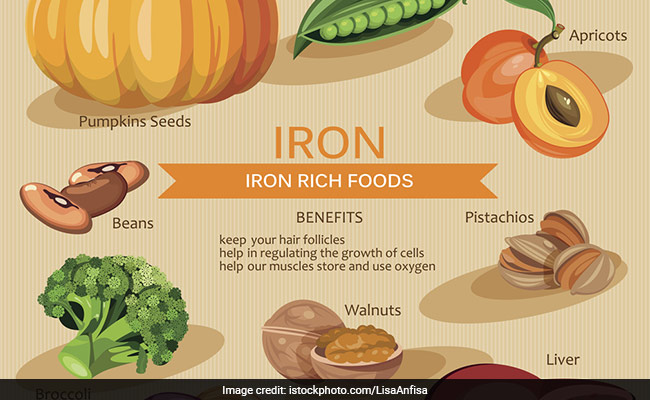 How to increase haemoglobin levels: iron deficiency is one of the most common causes
How to increase haemoglobin levels: iron deficiency is one of the most common causes3. Folic Acid Is A Must
Folic acid is a B-complex vitamin that is required to make red blood cells in the body. A folic acid deficiency may lead to a low haemoglobin level. Consume more green leafy vegetables, sprouts, dried beans, peanuts, bananas, broccoli, liver, et al more often.
 How to increase haemoglobin: Folic acid is a B-complex vitamin that is required to make red blood cells
How to increase haemoglobin: Folic acid is a B-complex vitamin that is required to make red blood cells 4. Pomegranate
Pomegranate is a rich source of both calcium and iron along with protein, carbohydrates and fibre. It is one of the best foods to increase haemoglobin; thanks to the exceptional nutritional value it has. Drink pomegranate juice daily in order to ensure your haemoglobin levels are at par.
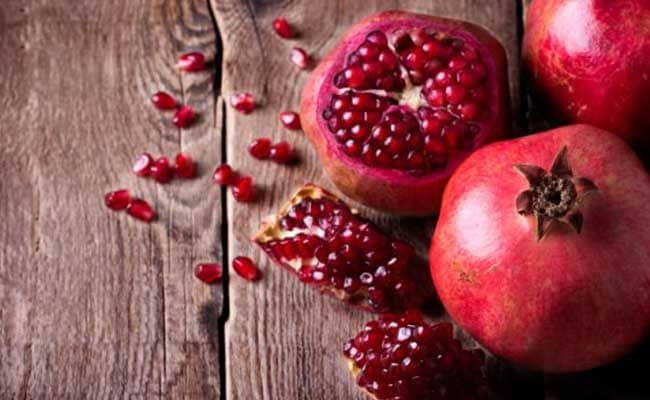 How to increase haemoglobin: Pomegranate is a rich source of both calcium and iron along with protein
How to increase haemoglobin: Pomegranate is a rich source of both calcium and iron along with protein5. Dates
This intensely sweet dried fruit is packed with energy and is super nourishing. Dates provide ample sources of iron that increases haemoglobin levels in the blood. However, most doctors recommend that diabetics must avoid eating dates due to their high sugar content.
 How to increase haemoglobin: This intensely sweet dried fruit is packed with energy
How to increase haemoglobin: This intensely sweet dried fruit is packed with energy 6. Beetroots
Beetroot is one of the best ways to increase haemoglobin levels. It is not only high in iron content, but also folic acid along with potassium and fibre. Drink beetroot juice every day to ensure a healthy blood count.
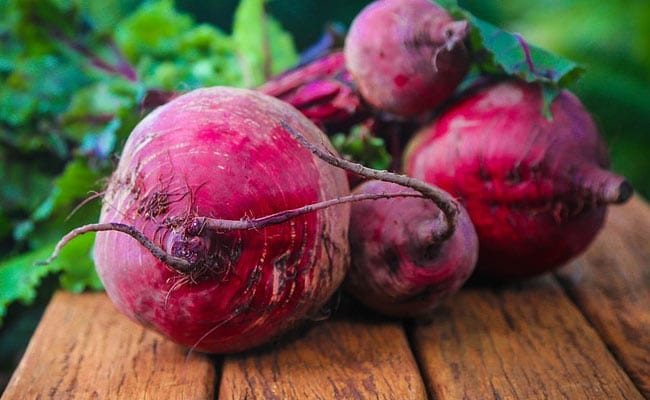 How to increase haemoglobin levels: Beetroot is one of the best ways to increase haemoglobin levels
How to increase haemoglobin levels: Beetroot is one of the best ways to increase haemoglobin levels7. Legumes
Legumes like lentils, peanuts, peas and beans can also help increase haemoglobin levels significantly. Their iron and folic acid content helps boost the production of red blood cells in the body.

How to increase haemoglobin: Legumes like lentils, peanuts, et al can also help increase haemoglobin
8. Pumpkin Seeds
Pumpkin seeds serve about eight milligram of iron along with sufficient calcium, magnesium and manganese content. Sprinkle them over salads or in your smoothies; make use of these tiny delights anywhere you'd want to.
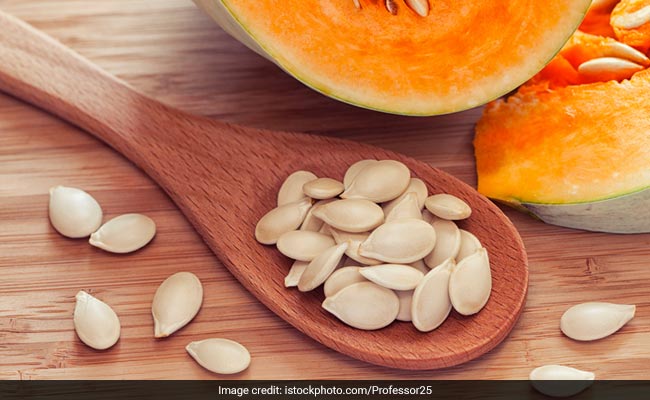
How to increase haemoglobin: Pumpkin seeds serve about eight milligram of iron
9. Watermelon
Watermelon is one of the best fruits that helps to increase haemoglobin due to its iron and vitamin-C content that makes the iron absorption process better and faster.
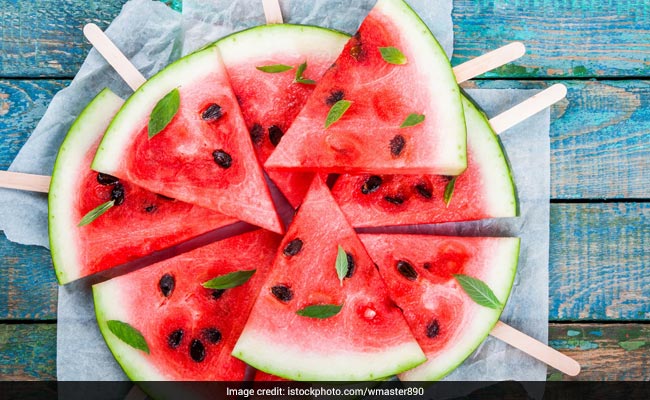
How to increase haemoglobin: Watermelon is one of the best fruits that helps increase haemoglobin
Foods containing polyphenols, tannins, phytates and oxalic acid such as tea, coffee, cocoa, soy products, and bran hinder iron absorption in our body. It is best advised to limit the intake of these foods if suffering from low haemoglobin levels. Keep your haemoglobin levels in check; the best way to do so is to ensure a medical test every three months. Stay healthy and take care.
Track Latest News Live on NDTV.com and get news updates from India and around the world

